
Resource Library
Good decisions require good data and information. Search the Resource Library for data and policy products on population, health, and environment issues. Browse collections, explore policy briefs, watch videos, and put the data in context.
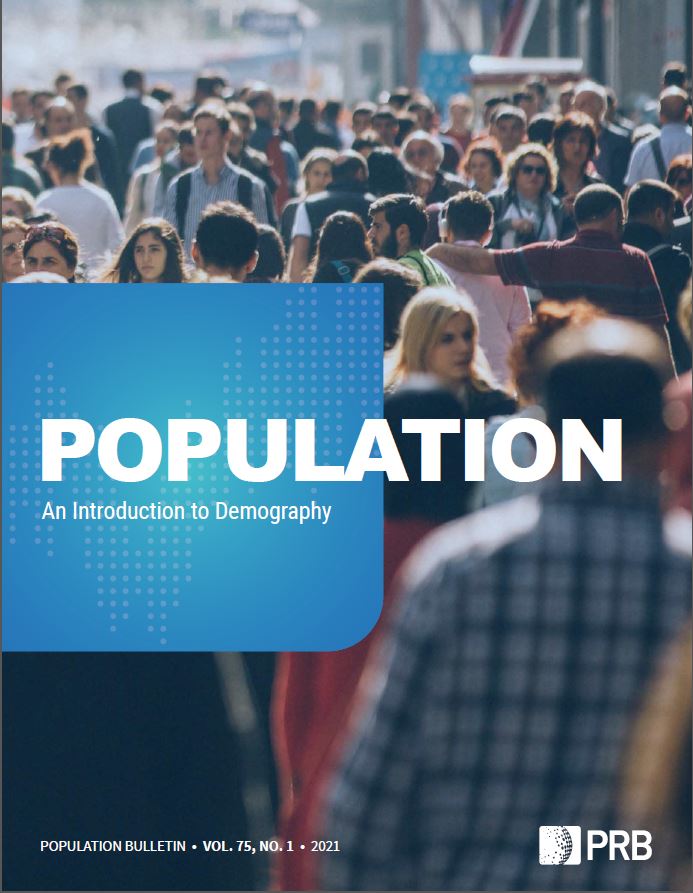
PDF. Population Bulletin v. 75, no.1 : An Introduction to Demography

Project: Center for Public Information on Population Research (CPIPR)
Happily Ever After? Research Offers Clues on What Shapes Happiness and Life Satisfaction after Age 65
Cognitive impairment and happiness are not mutually exclusive.
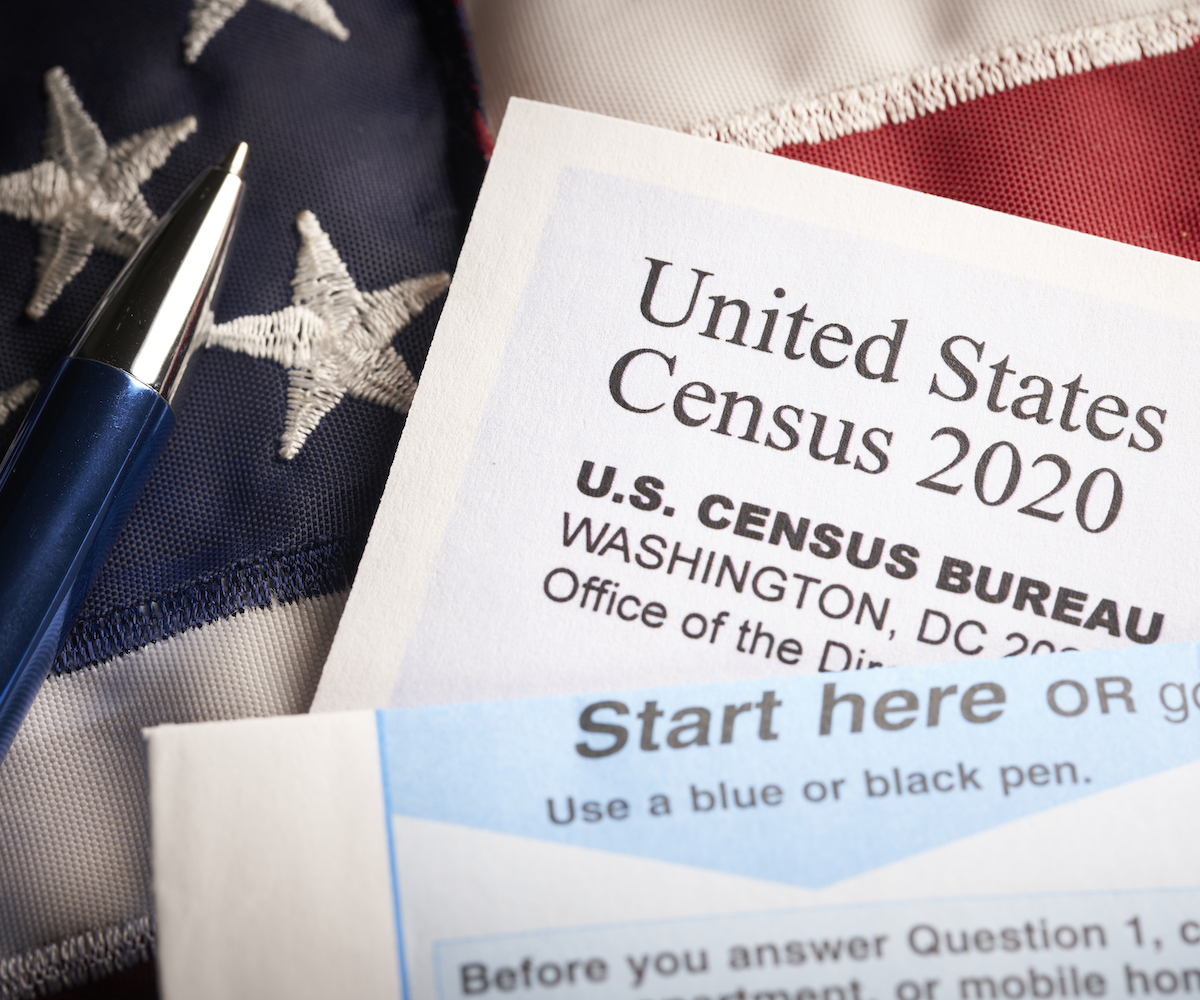
Project: Center for Public Information on Population Research (CPIPR)
How Accurate Was the 2020 Census—and Why Should You Care?
Significant undercounts in the 2020 Census could have serious consequences for underrepresented groups and individual states.
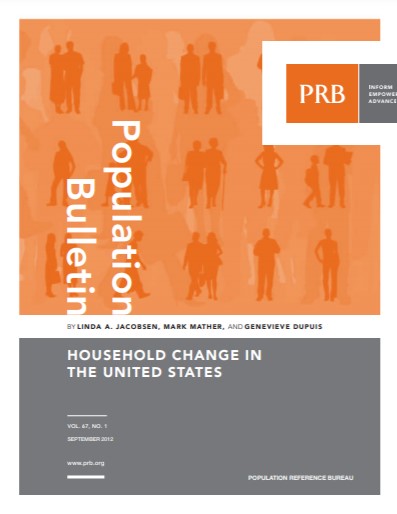
Report. Household Change in The United States

Project: Appalachia: Demographic and Socioeconomic Trends
Appalachia’s Strengths and Vulnerabilities Before COVID Pandemic: Report Offers Benchmark
Longstanding vulnerabilities suggest that some groups in Appalachia risk greater hardship related to the COVID-19 pandemic.
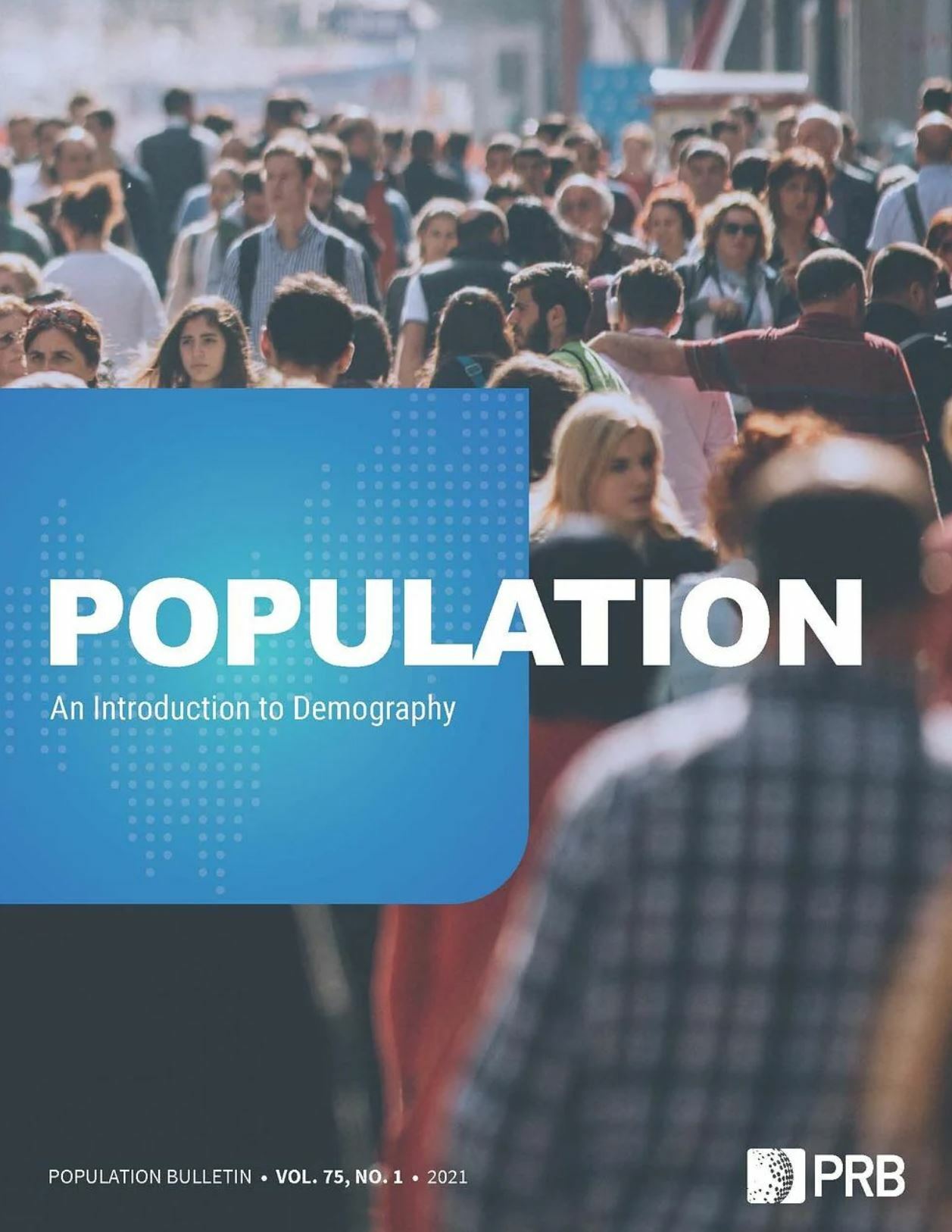
Population Bulletin vol 75. no.1 : An Introduction to Demography
PRB’s latest Population Bulletin provides a basic understanding of demography and demographic processes, including fertility, mortality, and migration, and their effects on the world.
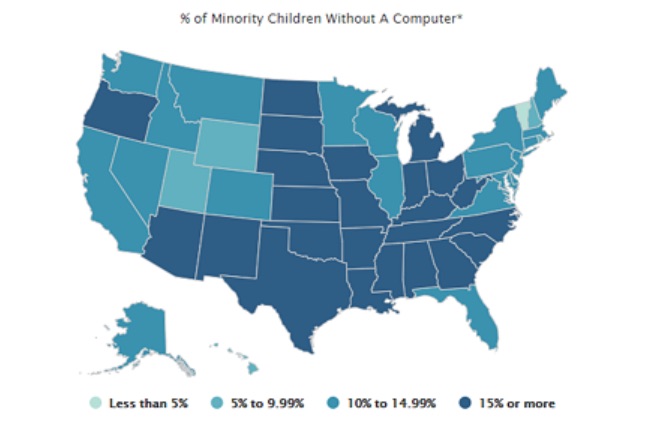
Digital and Economic Divides Put U.S. Children at Greater Educational Risk During the COVID-19 Pandemic
(2020) With the number of coronavirus infections surging, school districts across the United States are grappling with decisions about whether and how to re-open this fall.

Interactive Dashboard. U.S. Digital Divide
(2020) With the number of coronavirus infections surging, school districts across the United States are grappling with decisions about whether and how to re-open this fall. For online learning to be effective, students need access to computers and high-speed internet access, but a new analysis and interactive dashboard by PRB show sharp digital and economic divides among school-age children across states and between racial and ethnic groups.
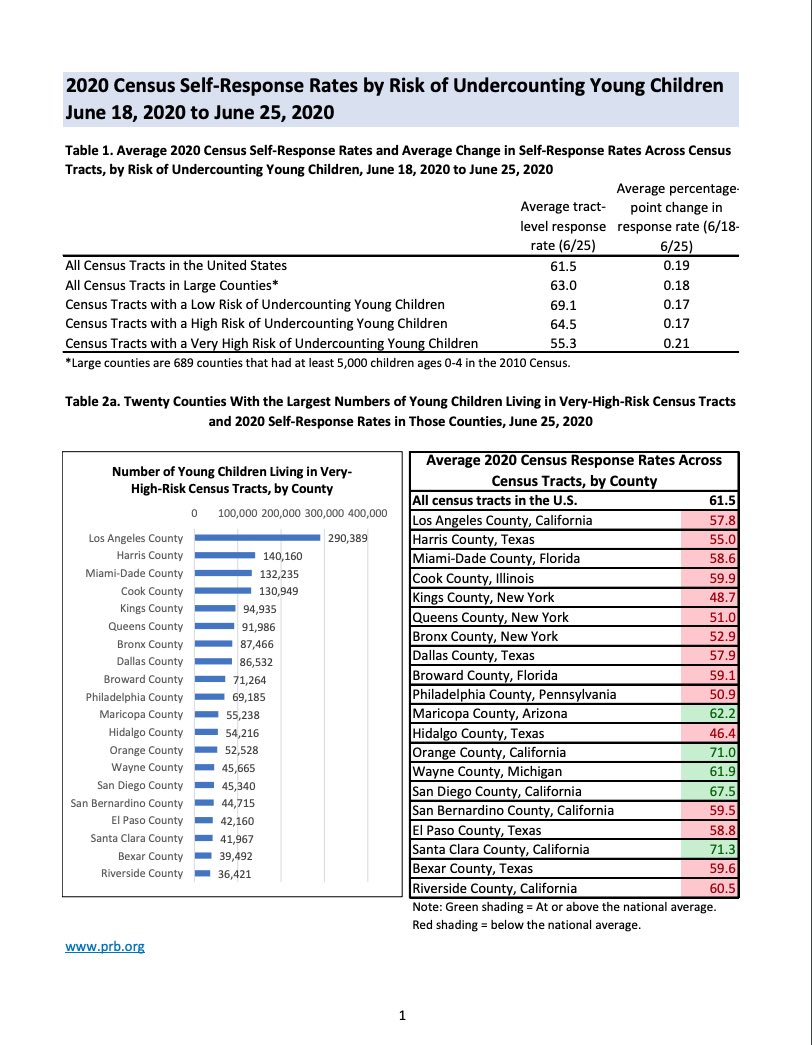
Tables. 2020 Census Self-Response Rates By Risk of Undercounting Young Children, June 18-25, 2020
Self-response rates are lowest in neighborhoods with high concentrations of racial and ethnic minorities in the young child population, which could mean fewer dollars for communities that need funds the most.

